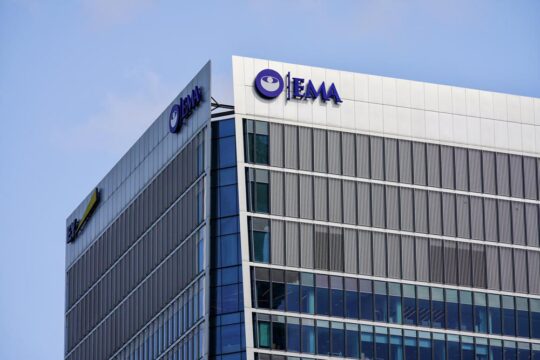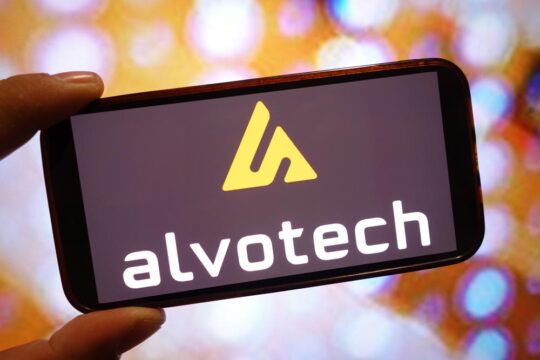Advertisment
Competition from “skinny label” generics saved Medicare billions

An analysis of 15 name-brand drugs and their “skinny label” generic counterparts found that competition from these counterparts saved Medicare Part D nearly $15 billion from 2015 to 2021. Skinny labeling allows generic drug manufacturers to exclude labeling information that remains patent-protected by the brand name manufacturer. However, a recent federal appeals court ruling involving a skinny-label generic version of the beta-blocker carvedilol (Coreg; GlaxoSmithKline) has increased liability risk for manufacturers of skinny-label generics. The brief research report is published in Annals of Internal Medicine.
Researchers from Brigham and Women’s Hospital and Harvard Medical School conducted an analysis of 15 brand-name drugs with a first-to-market skinny-label generic from 2015 to 2019. The authors compared actual spending on each brand-name drug and its skinny-label generics with projected spending had the skinny-label generics not been introduced. They estimated that actual Medicare spending on these 15 drugs and their skinny-label generics was $16.8 billion, and projected spending without generic competition was $31.5 billion, saving Medicare approximately $14.6 billion from 2015-2021. They note that savings were the greatest for rosuvastatin (Crestor, AstraZeneca; $6.5 billion), pregabalin (Lyrica, Pfizer; $4.2 billion), and imatinib (Gleevec, Novartis; $3.1 billion). The authors caution that deterring the use of skinny labeling, as the recent federal appeals court case might do, could be costly for Medicare and other US payers. They suggest that Congress should reinforce the skinny-label pathway by creating a safe harbor that protects manufacturers engaged in skinny labeling from induced patent infringement lawsuits.
Abstract: https://www.acpjournals.org/doi/10.7326/M23-3212
Benjamin N. Rome, MD, MPH





